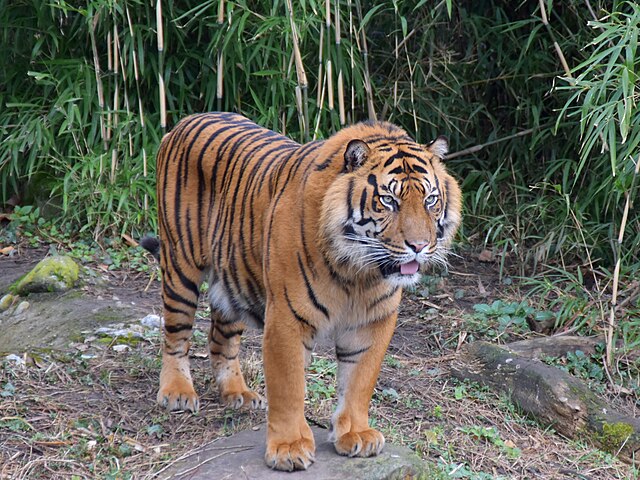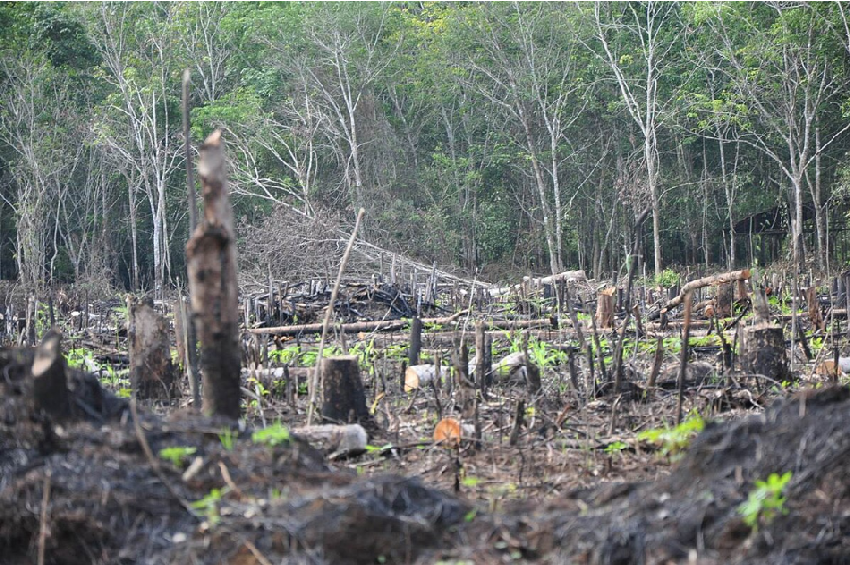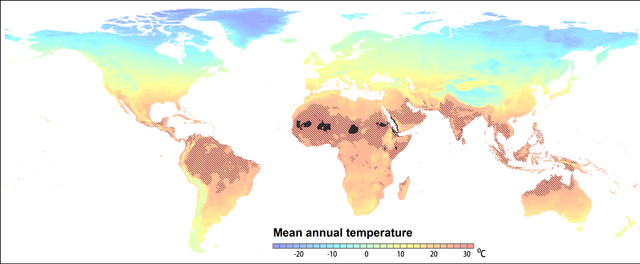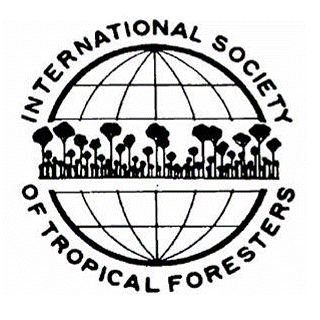Introduction
Tropical forests in the Asia-Pacific region matter a lot for our planet’s ecosystem. Spreading across many countries, they’re like the backbone that keeps our global environment stable. What makes these forests special is the huge number of unique plants and animals living there. You won’t find many of these species anywhere else in the world. Take the local orchid species as an example. Some have really beautiful and detailed flowers that catch your eye right away.
When it comes to the global climate, these forests work like giant sponges for carbon dioxide. The thick forests absorb tons of this gas during photosynthesis and store it in trees and soil. This helps slow down climate change by reducing the amount of greenhouse gases in the air. Besides that, they’re important for controlling local and regional weather. Trees release water vapor into the air, which helps form clouds and rain, keeping the area humid and influencing when and how much it rains.
These forests are also full of life. From tiny insects to big mammals, you can find all kinds of creatures here. There are interesting relationships between different species, too. For instance, certain ants and plants help each other. The ants protect the plants from animals that want to eat them, and in return, the plants give the ants food and a place to live. All this variety isn’t just good for nature. Many of these species could be useful for making medicine, growing crops, and other things.
Distribution and Characteristics
1.Geographical Distribution
Asia – Pacific tropical forests cover parts of East Asia, Southeast Asia, and Oceania. In Southeast Asia, the Borneo rainforest is huge. It’s shared by Brunei, Indonesia, and Malaysia, sitting roughly between 2°N-5°N latitude and 109°E-119°E longitude. When you look at it, you see a sea of green trees as far as you can see, with many different types of trees growing together. The Sumatra rainforest in Indonesia, located around 2°N-6°S latitude and 95°E-105°E longitude, is another important forest. It’s home to animals like the Sumatran orangutan and Sumatran tiger, which are in danger of disappearing. In Oceania, countries like Papua New Guinea and the Solomon Islands have large forest areas. Papua New Guinea’s forests cover much of the island and have many unique plants and animals.

https://commons.wikimedia.org/wiki/File:Koppen-Geiger_Map_A_present.svg
2.Climate and Environment Features
Most areas with Asia – Pacific tropical forests have either a tropical rainforest climate or a tropical monsoon climate. It’s always hot there, with the average yearly temperature often over 25°C. The air is very humid, which might feel sticky, but it’s perfect for plants to grow. It rains a lot, usually more than 2000 mm each year. The warm and wet weather gives plants ideal growing conditions. With plenty of rain, the rainforest stays healthy, and plants always have enough water. Since it’s warm all year, plants can grow continuously, creating a complex and diverse ecosystem. The wet and warm environment is great for plants that grow on other plants, like orchids and ferns. They get water and nutrients from the air and rain while attached to trees.
Biodiversity
1.Rich Plant Resources
In the tropical forests of the Asia-Pacific region, the lookout tree is a typical representative. Its trunk is towering, reaching over 60 meters, providing habitats for numerous organisms. Through photosynthesis, it effectively regulates the carbon – oxygen balance, and its extensive root system can prevent soil erosion. The Paphiopedilum haynaldianum has uniquely shaped flowers and has strict requirements for its growth environment. It relies on specific insects for pollination and serves as an indicator of ecosystem health. The Corypha umbraculifera is tall, and its leaves can intercept rainwater. Its fruits and pollen provide food for other organisms, playing a vital role in the forest food chain.
2.Diverse Animal Species
The Sumatran tiger is a rare mammal in the tropical forests of the Asia-Pacific region. With dense stripes, it has excellent camouflage. As an apex predator, it is crucial for maintaining the balance of the food chain, but its survival is severely threatened due to habitat destruction and illegal hunting. The Green peafowl has gorgeous feathers and is responsible for seed dispersal in the ecosystem. However, its population has declined sharply in recent years due to human activities. The Komodo dragon is a large lizard, and its powerful predation ability makes it an apex predator. Habitat reduction poses a threat to its population. The Purple frog lives underground most of the year and participates in the material cycle of the soil ecosystem. The Morpho Helena helps plants with pollination by feeding on nectar, promoting the exchange of matter and energy in the ecosystem.

https://commons.wikimedia.org/wiki/File:Felidae_Panthera_tigris_sumatrae_3.jpg
Social and Economic Value
1.Carbon Storage and Climate Change Regulation
Asia-Pacific tropical forests play a key role in the world’s carbon cycle. The large forests soak up and store huge amounts of carbon dioxide. When trees do photosynthesis, they take in this gas and turn it into parts of the tree, storing carbon in the trunk, branches, and roots.
These forests also help control local and regional weather. Trees release water vapor, which affects when and how much it rains. This keeps the surrounding areas moist, helps prevent droughts, and supports farming. Protecting these is really important for fighting climate change worldwide.

https://commons.wikimedia.org/wiki/File:Swamp_forests_in_PNG.jpg
Threats
1.Deforestation and Land Development
Human activities like farming, ranching, and building infrastructure are cutting down a lot of rainforest. In Indonesia and Malaysia, people clear large areas of forest to plant palm oil trees. According to the World Resources Institute, Indonesia lost about 1.7 million hectares of forest each year from 2001-2019 because of this. Deforestation destroys the homes of many animals. The Sumatran orangutan, for example, is losing its habitat and is at risk of extinction. It also causes soil to wash away because tree roots that used to hold the soil in place are gone.

https://commons.wikimedia.org/wiki/File:Deforestation_site_(18418058486).jpg
2.Impacts of Climate Change
Climate change is a big threat to Asia – Pacific tropical forests. Rising temperatures can harm plants and animals. Some tree species can’t grow well or may die in hotter weather. Changes in how much it rains can lead to droughts or floods in the forest. The Intergovernmental Panel on Climate Change predicts that parts of Southeast Asia will have more frequent and severe droughts in the future. Strong storms like cyclones can damage the forest. All these changes mess up the forest ecosystem, increase the risk of forest fires, and make the forest degrade faster while causing more species to disappear.

Conservation Actions and Achievements
1.Conservation Projects
Conservation groups in the Asia-Pacific region have started many projects to protect tropical forests. Setting up and managing forest protected areas is one important step. In Borneo, Malaysia’s Kinabalu Park protects a large part of the rainforest. Some projects involve local communities. In Papua New Guinea villages, people learn how to harvest forest products without harming the forest in the long run. Many places also have programs to restore damaged forests and plant new trees. In Indonesia, they focus on replanting native tree species in areas where forests were cut down. Thanks to these projects, many rainforest areas are now protected, and some damaged lands are getting better.
2.Research and Monitoring Efforts
Doing research is vital for protecting Asia – Pacific tropical forests. Studying the forest ecosystem helps us understand how it works. Scientists conduct surveys to find out which species live in the forest and keep track of their numbers. In the Solomon Islands’ forests, researchers are always looking for new bird and insect species. Measuring how much carbon forests store helps us know how they fight climate change. Research results give us a scientific basis for making protection plans. Monitoring data shows whether our protection efforts are working and how the forest is changing.
How to Get Involved in Protecting Tropical Forests in the Asia – Pacific
1.Personal Action Recommendations
There are many ways you can help protect rainforest. First, try to waste less paper and wood products. Use e-documents instead of printed ones and choose recycled paper. When buying wood products, look for the Forest Stewardship Council (FSC) label. This means the products come from well-managed forests. You can also volunteer for environmental groups. Join tree-planting events or help clean up beaches near forests. Donating to reliable conservation organizations is another way to support their work. Small changes in your daily life can really make a difference in protecting Asia-Pacific tropical forests.
Information sources:
https://www.un.org/en/climatechange/science/climate-issues/biodiversity#
https://www.tropicalforestalliance.org/home
